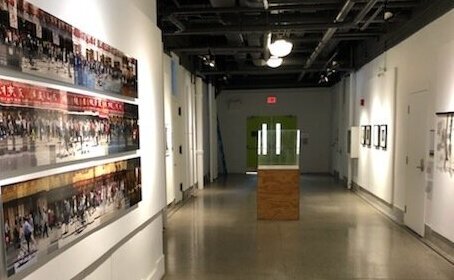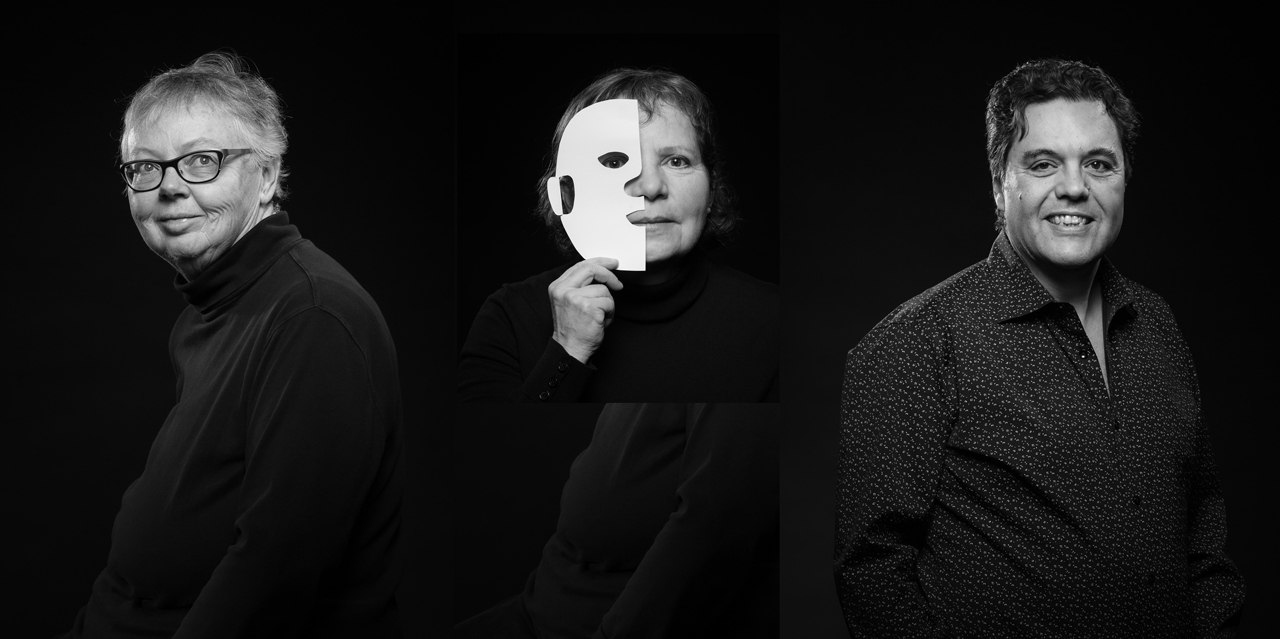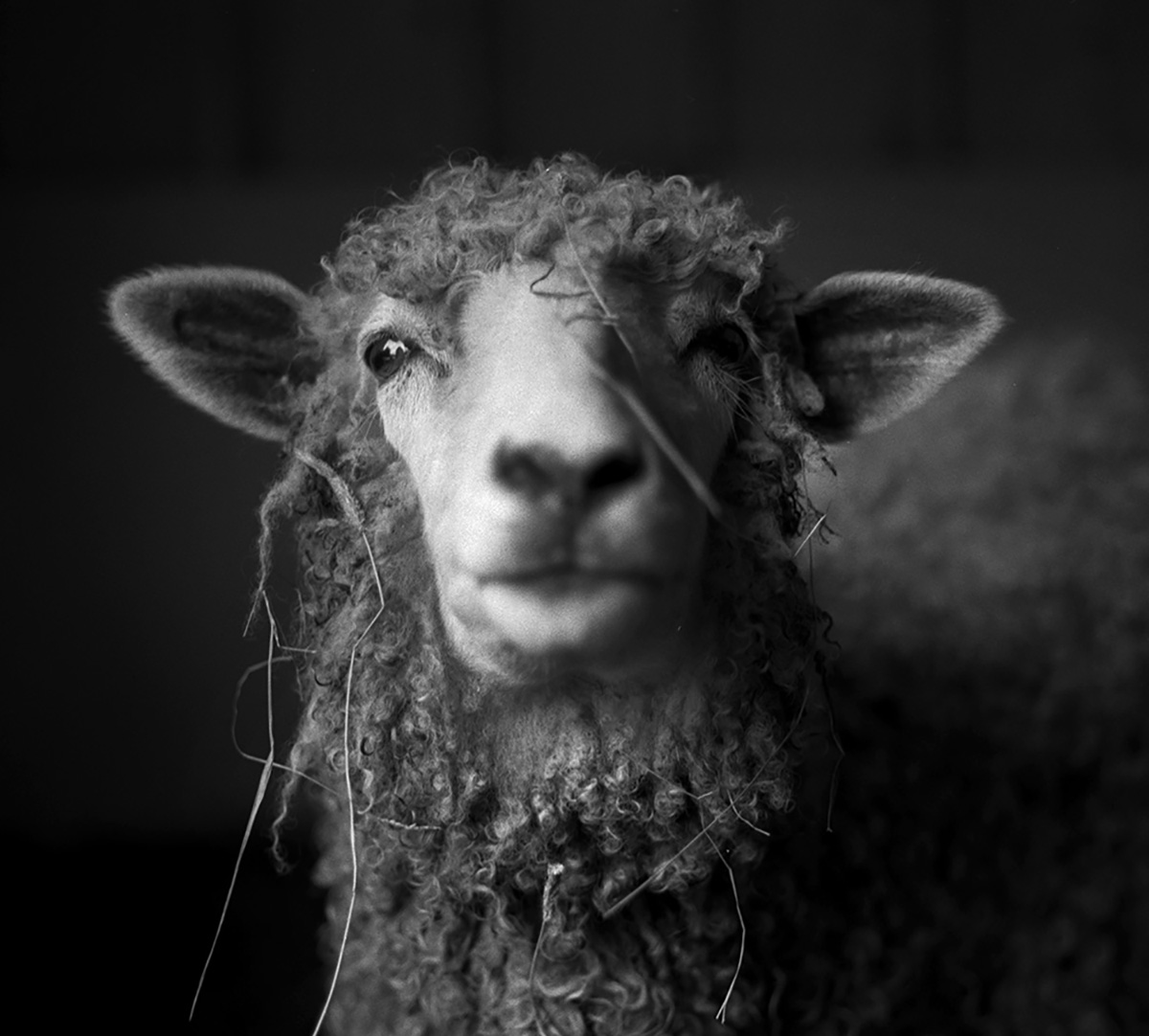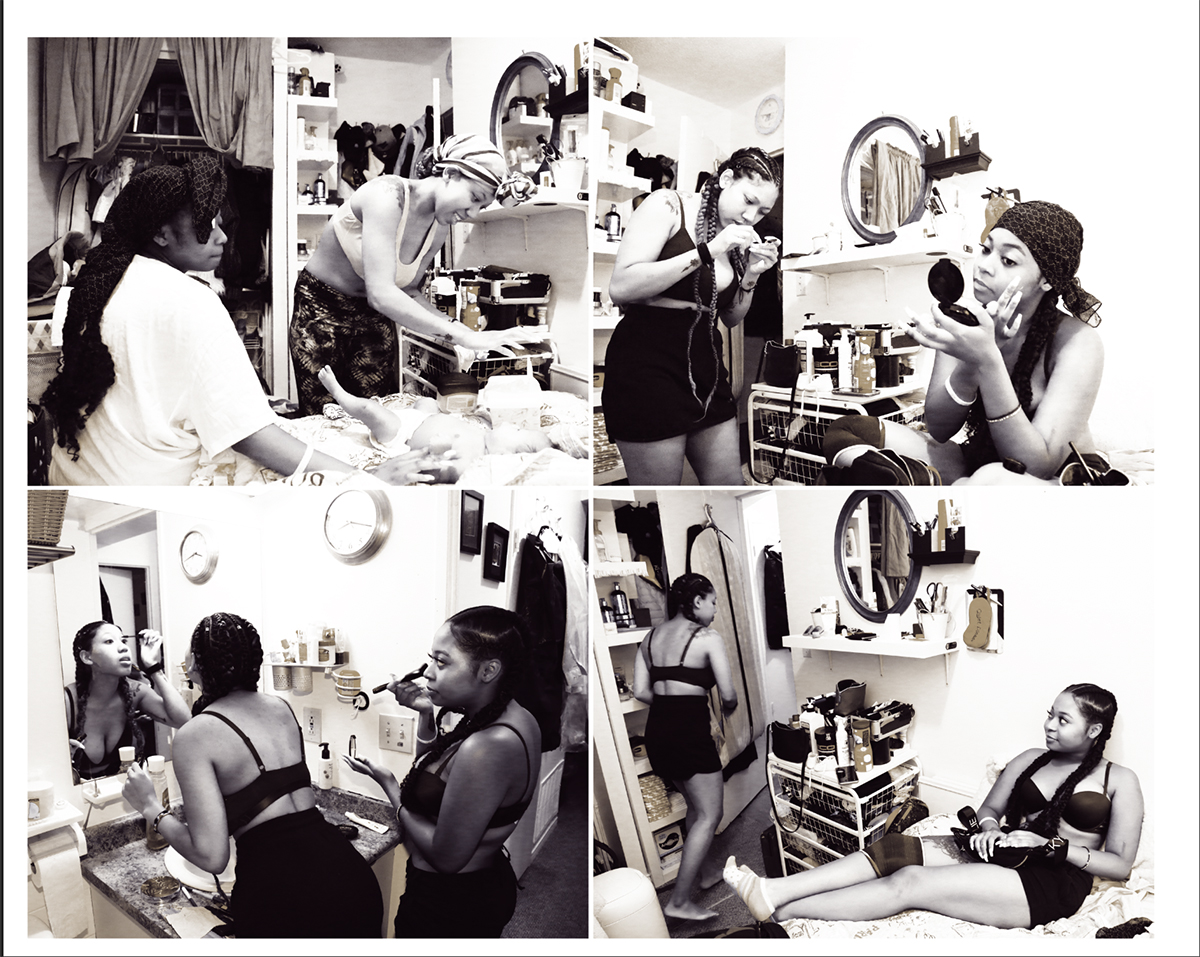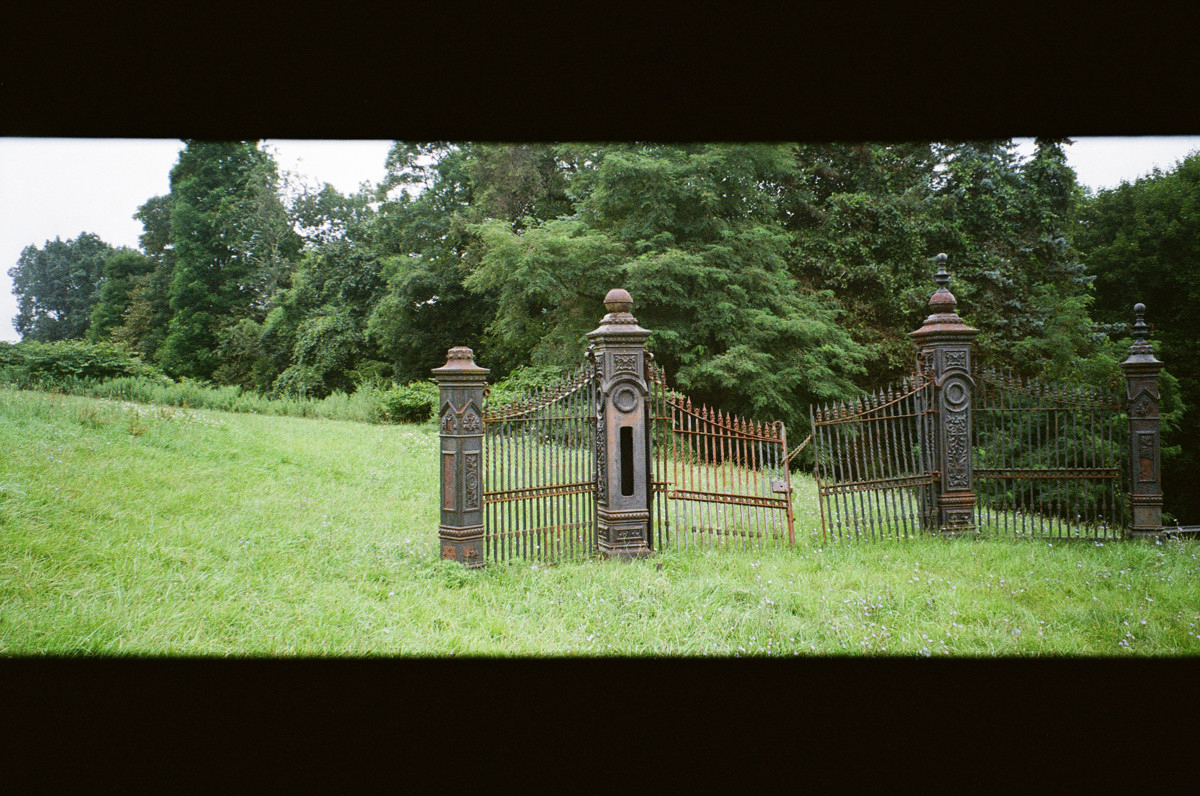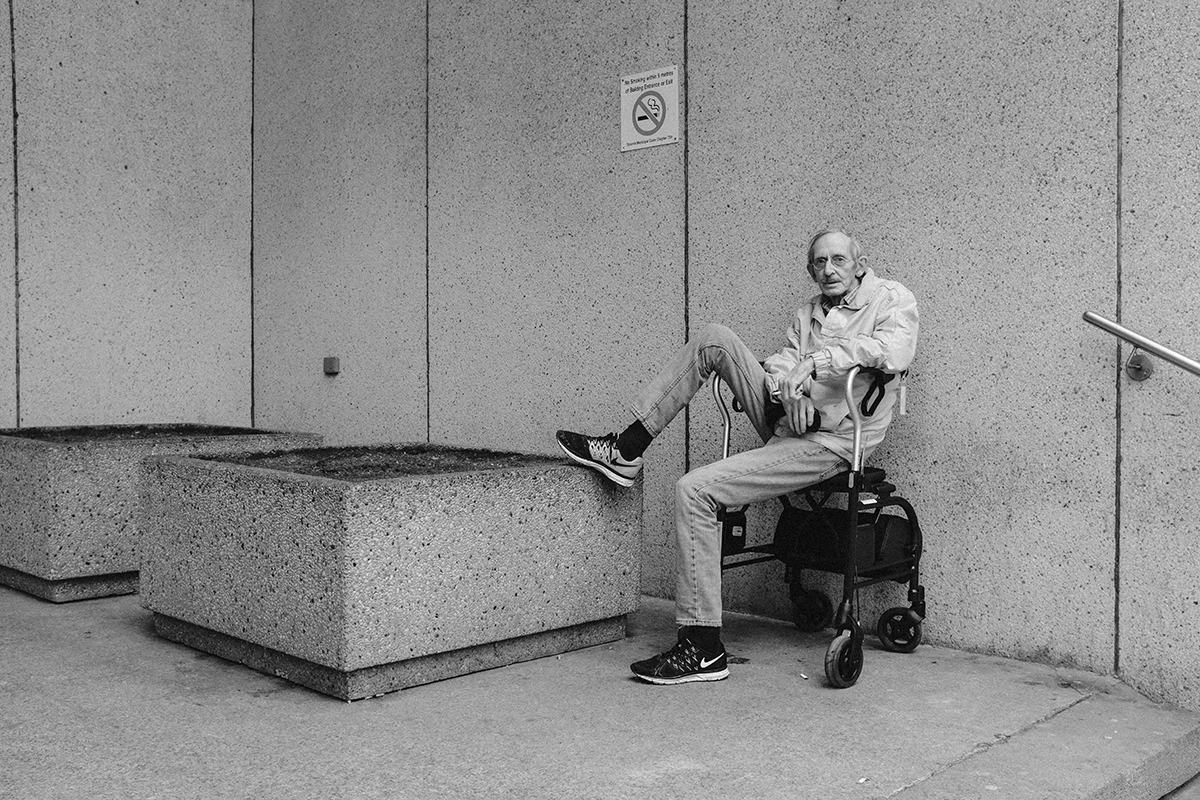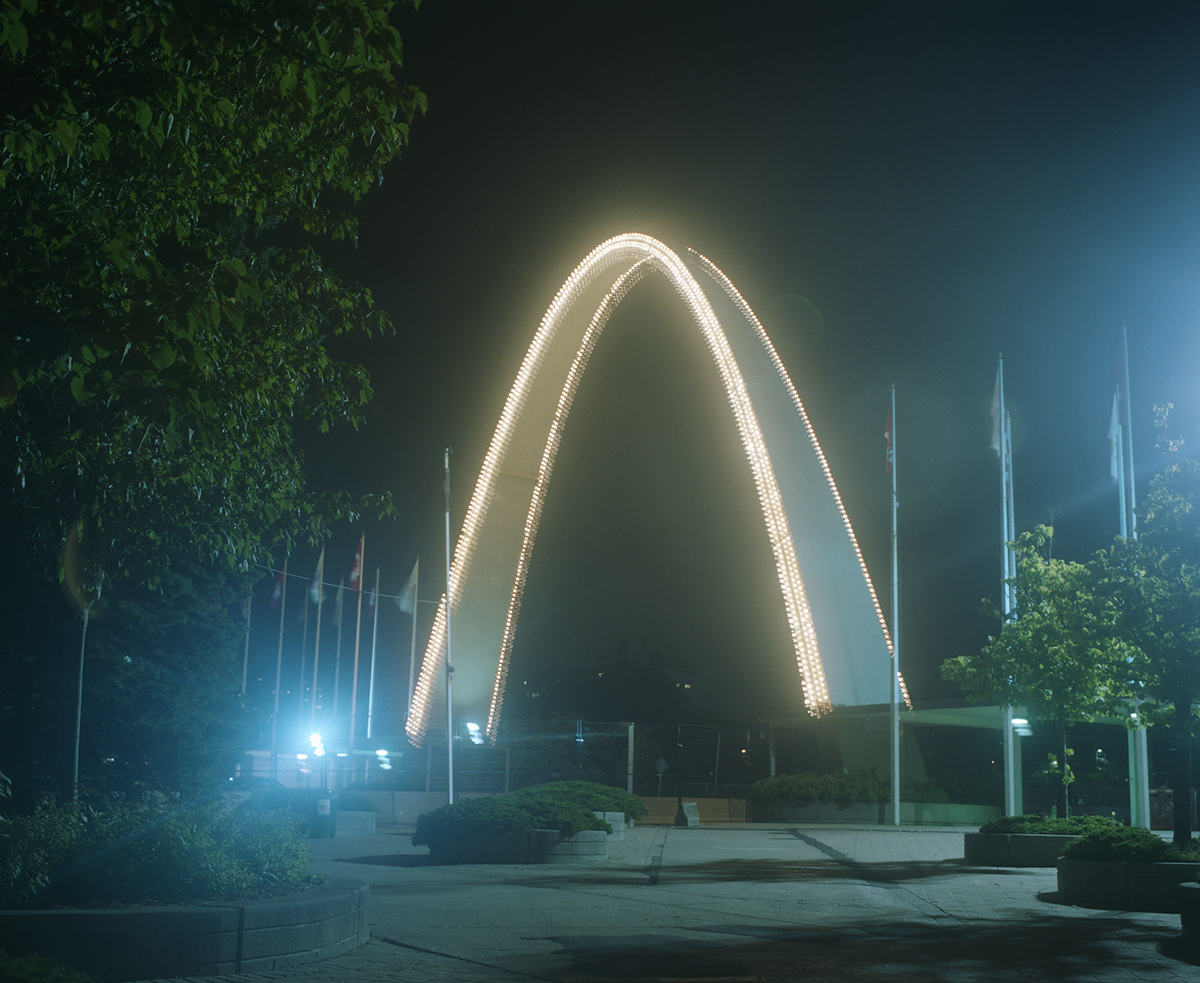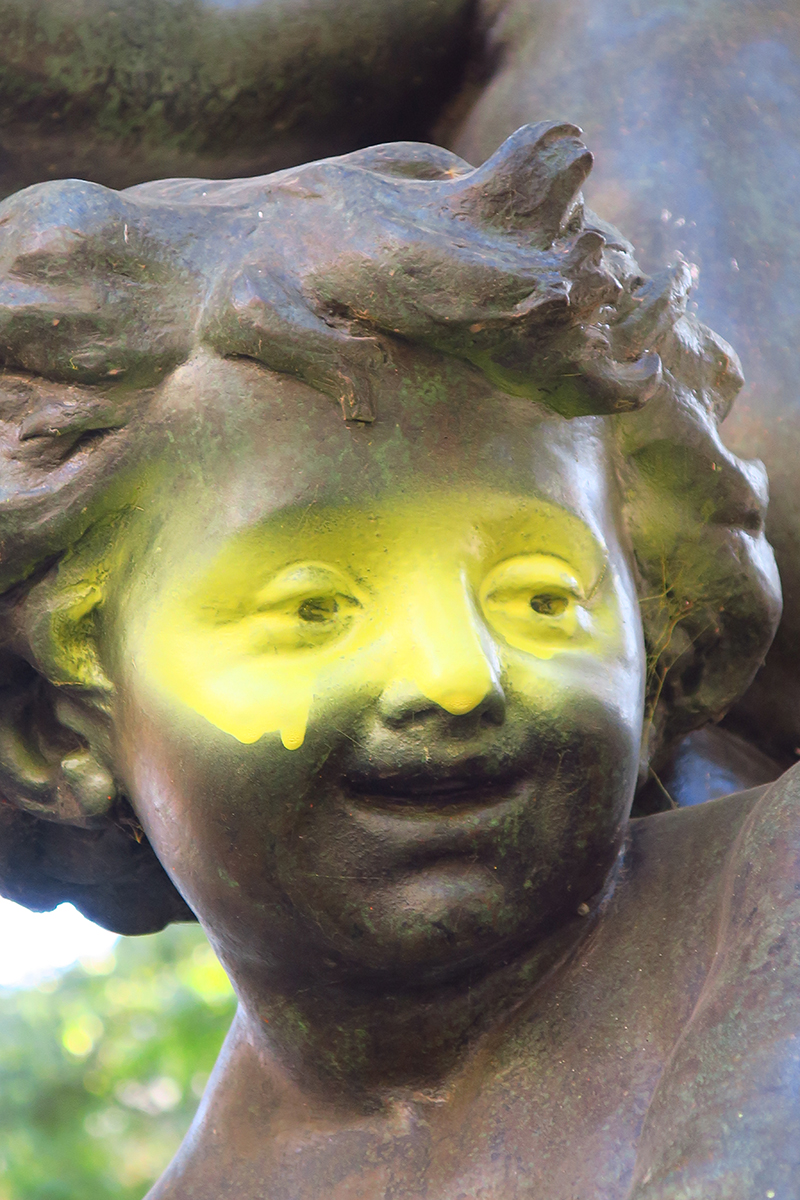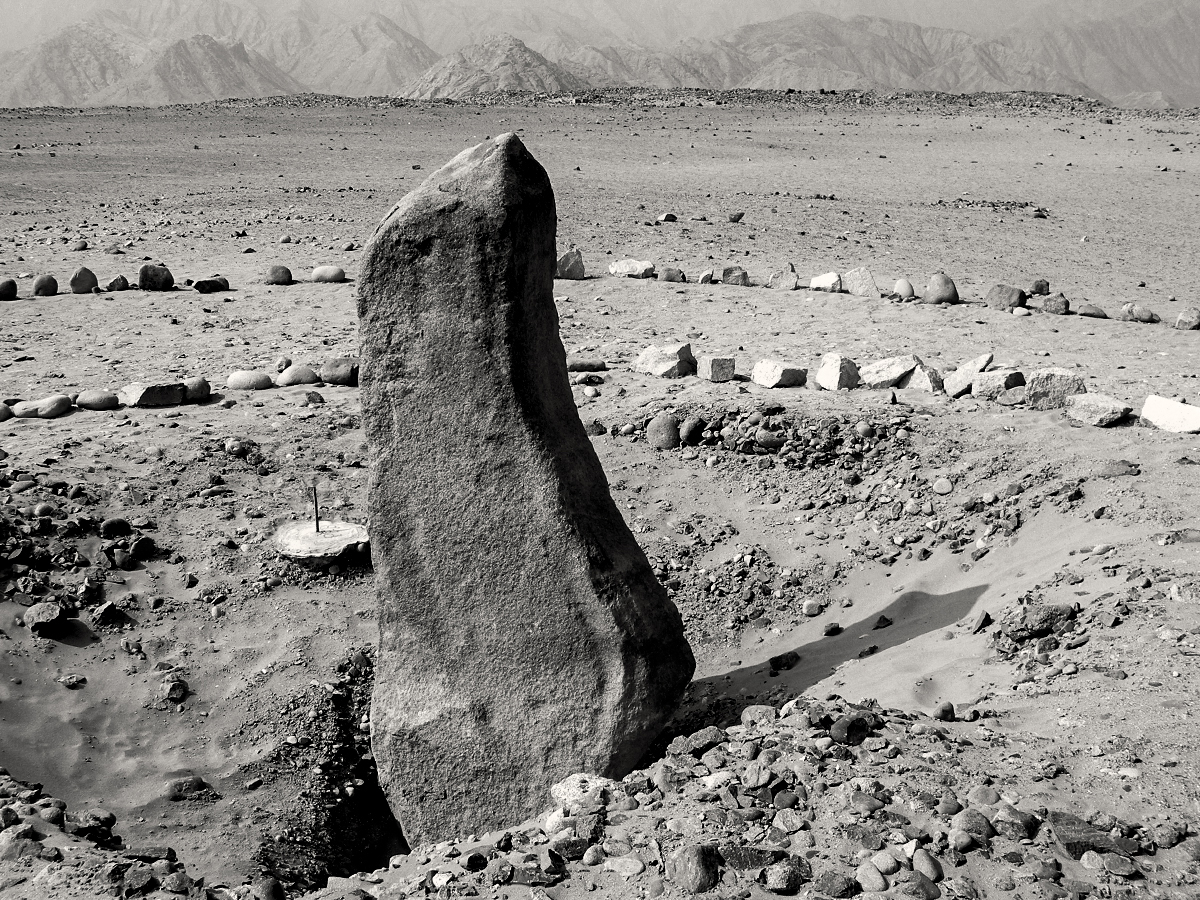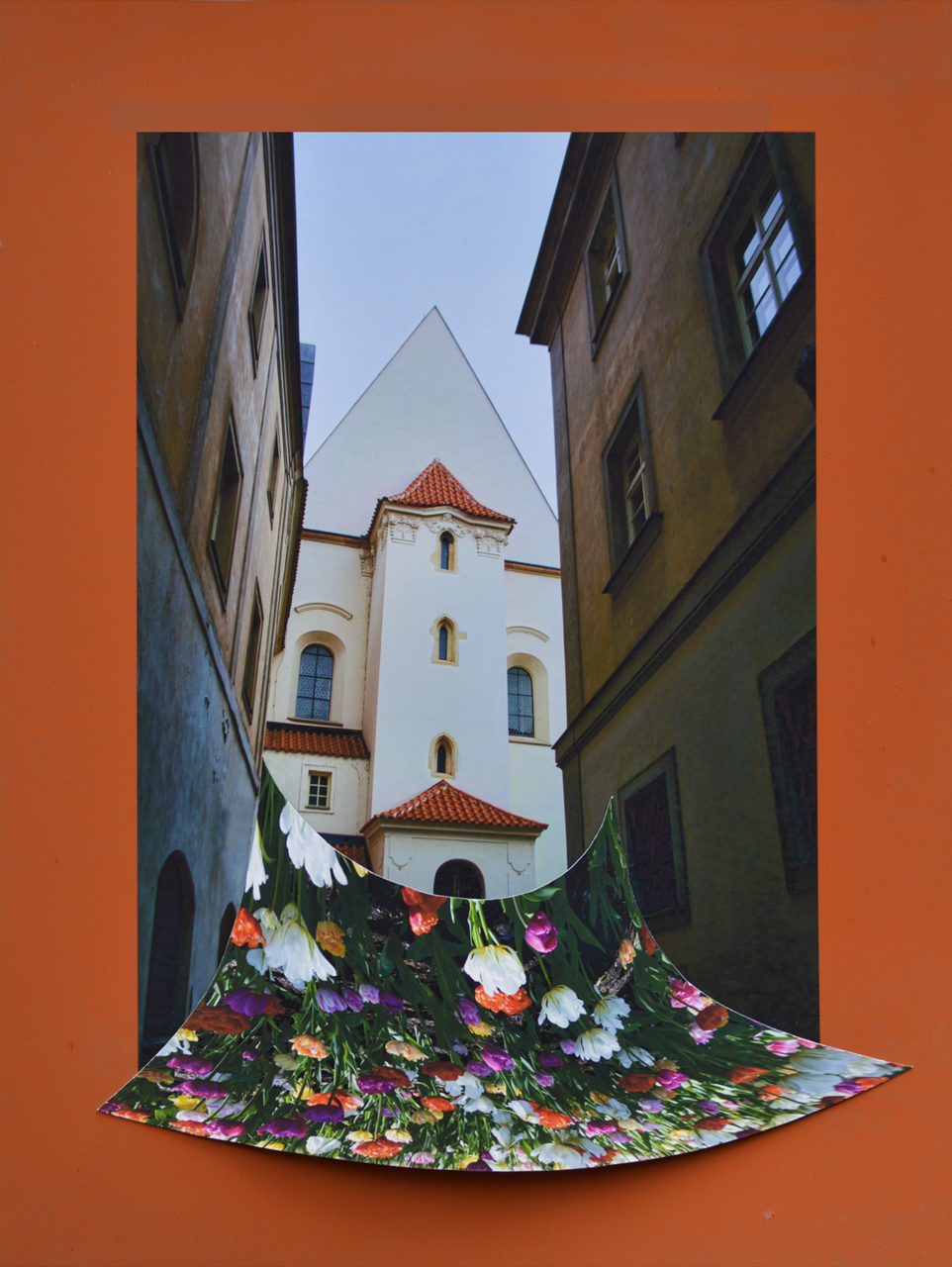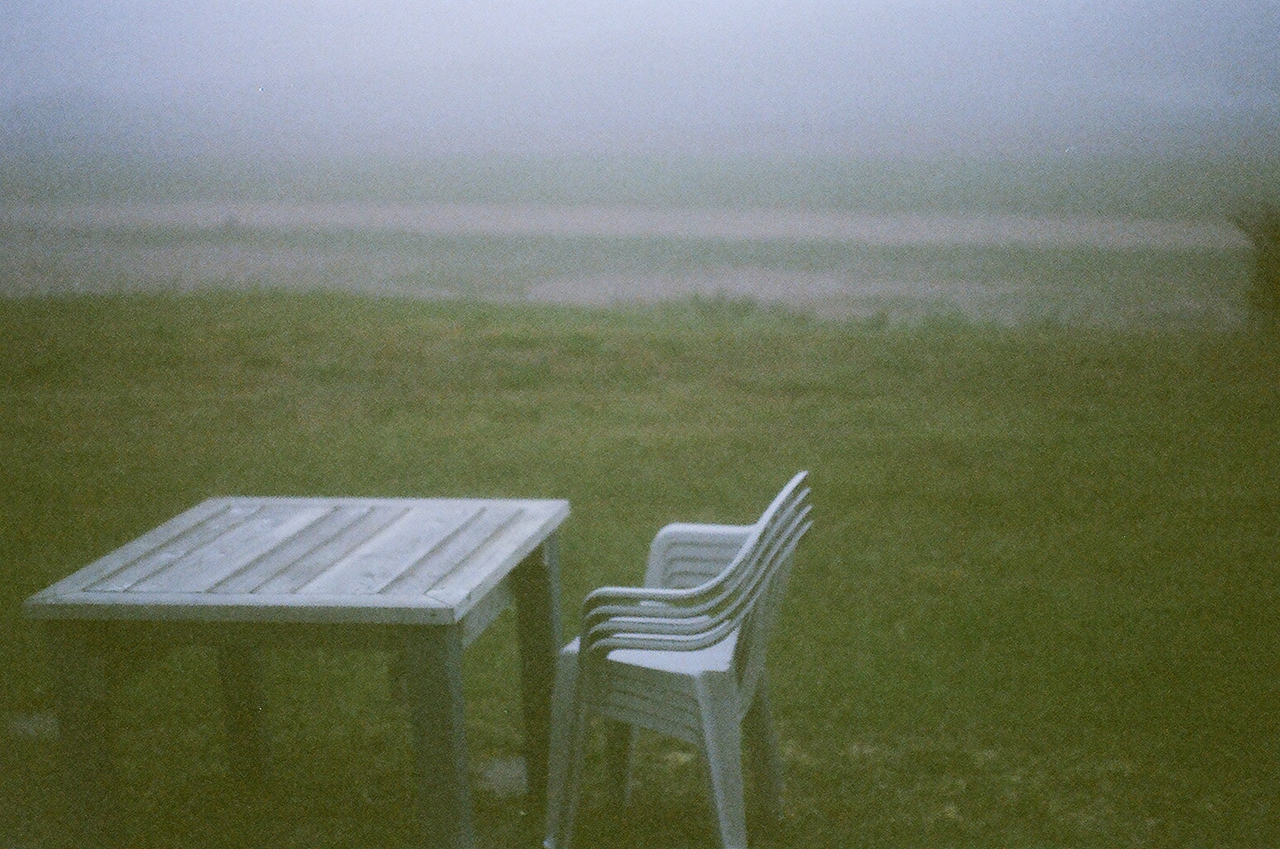Spectra, Gallery 44 members at Artscape Youngplace and at Gallery 1313
While the pandemic’s impact echoes across daily life, art continues to transform reality. Members of Gallery 44 Centre for Contemporary Photography present Spectra, a 3-part multi-technique photography exhibition contemplating the ingredients and meaning of place as a site for connection. Sharing in a strange and remarkable global shift, this show comes at a pivotal moment. Spectra’s timely questions regard the meaning of presence—a presence expanded, compromised, and reinvented. While the exhibition draws no finite conclusions, nor reaches a straightforward consensus on the definition of location, the collective works accurately portray a distance and tenderness at the core of globalization’s unfathomable nature. How does the meaning of place dart from atomized traces of digitalized light to the visceral grainy feeling of summiting a mountain? How does one reconcile and connect with the vast potential of presence?
Installation view of Spectra 3 at Artscape Youngplace with work by Gustavo Jabbaz (left wall). Photo: Gustavo Jabbaz
These questions present themselves in the photographs, but also reflect in the exhibition’s realization. Working remotely with over 40 artists individually impacted by the pandemic proved a rewarding challenge for Spectra coordinators Eliza Moore, Gustavo Jabbaz, and Atia Pokorny. Moore described reorganizing the postponed exhibition as a relatively daunting task. The coordinators were charged with putting together puzzle pieces from dozens of artists forced to find alternative printers and framers due to Covid-related business closures. “The upside is that we all learned new skills to connect with others,” says Moore. It is clear that the unexpected obstacles due to the pandemic actually work toward the exhibition’s overall theme, attempting to decipher the ways in which today’s definitions of place and presence stretch and remould life itself. Spectra is evidence that despite current difficulties, untravelled potentials continue to become visible. The coordinators send immense gratitude to Gallery 1313 and Artscape Youngplace for hosting.
Spectra coordinators (L-R) Eliza Moore, Atia Pokorny and Gustavo Jabbaz. Photo: Ivan Rupeš
Spectra 3 centres around ways of living ascribed to setting through portrayals of freedom, privilege, confinement, intimacy, and celebration. Place seems to dictate the mood of each photo, suggesting that physical location connects deeply to the psyche. Despite less half the images containing human subjects, these works invite some celebration of humanhood. Nearly every photo offers some evidence of human agency within an otherwise naturally-existing landscape: signage, gates, pets, run-down sleeping spots—a span of sacrifice, play, and resourcefulness. Fred Lum is a standout photographer in this group. The exposure and composition of his images are reminiscent of Helmut Newton’s softer portraits. Surprisingly, a humanlike emotional quality permeates from the eyes of his sheep subjects. Gloria Caballero’s work also catches attention, especially the monochrome quadtych of women getting ready. This intimate shot shows the comfort with home and with the people allowed in such spaces. Caballero’s photographs contemplate a popular artistic interest in the public versus the private.
Fred Lum, Georgia, 2018, Selenium toned, Gelatin Silver, 9”x 9”
Gloria Caballero, Performers at Home, 2019, digital print, 11″x13″
Danielle Goshay, A Stubborn Orb Weaver, 2019, adhesive vinyl, 11″x17″
Spectra 1 displays an intense diversity to be valued and jarred by. Adjacent micro- and macroscopic scenes ask for both subjectivity and objectivity, evoking an interesting pressure. To move from the lucidity of landscape photography to the personalization of abstract light beams and heavy contrast portraits, the viewer is taken to the innards of perception as much as various tangible physical locations. In this collection, the sky melds with the land and the human body imitates and folds into the natural world. Spectra 1 displays the largest colour range of each group and perhaps the most disparate relationship between artists. This effect produces a time travel feeling, as if the viewer spins a wheel to see where they land and what size creature they end up as when they arrive. One notable artist in this selection is Ammar Bowaihl, especially in reference to Nike (2020). The stature of his subject projects absolute comfort with staking claim to place, encapsulating both childlike bravery and a timeless wisdom. In contrast, Arman Bahreini’s foggy amusement park pictures give spotlight to a seemingly forgone past, stirring a type of deserted nostalgia. Something about this overall group of photos sets the faculties off-kilter, through the door leading nowhere in Sylvia Galbraith’s work, or in the wild eyes of strange sculptures in Joachim Oepkes’s pieces. Ammar Bowaihl, Nike, 2020, digital print, 36×24″
Ammar Bowaihl, Nike, 2020, digital print, 36″x24″
Arman Bahreini, Dufferin Gate, 2019, archival inkjet print, 11″x14″
Joachim Oepkes, Hello 1, 2019, screenshot from a video installation
In particular, Spectra 2 thematically relates most to our new current reality. Curator Jessica Thalmann drew inspiration from Italo Calvino’s Invisible Cities (1972), an anti-novel offering expansive renditions of metropolis: based in concepts such as memory and desire. For Calvino, cities can be infinite, intertwining, conceptual, and secret. Such malleable city forms may be more pertinent to the contemporary atomized landscape than when the book was originally published, and Thalmann clearly sees this parallel. “I was interested in how the works in the show meditate on the ways we see, embody and remember the places around us, often making visible what cannot literally be seen in the urban and natural landscape,” she explains. While human presence is not the central focus of this collection, there appears a familiar soothing resonance. The exposure and framing of Lilianne Schneider’s Caral Invisible (2020) series recalls some of the settings in Judy Dater’s entrancing self-portraits from the early 80s. In some of Schneider’s pictures, an anthropomorphic quality presents itself in the land. Grace Wang’s pieces are also notable. Wang’s least content-rich photo, Daydreamers (2020), does not require human subjects to ponder the simplicity and memory connected to seascapes. Its humble nature exemplifies how obscure photography can function like a painting in its impressionistic composition.
Lilianne Schneider, Caral Invisible #2, 2020, digital print on archival paper, 21″x16”
Atia Pokorny, Chimera/ Praha x Toronto 1, 2020, 3-D collage, inkjet prints on archival paper, 15″x20″
Grace Wang, Daydreamers, 2020, archival ink on Enhanced Matte paper, 6″x9″
Cayden Johnson
Images are courtesy of Spectra
*Exhibition information: three consecutive exhibitions in two locations, part of Scotiabank CONTACT 2020 Photography Festival
Spectra 3, November 2 – November 21, 2020, Artscape Youngplace, Hallway Gallery 2nd floor, 180 Shaw Street, Toronto. Gallery hours: Tue – Fri 9am – 5pm. https://www.spectracontactphotography.com/spectra-3-gallery
Spectra 1, Gallery 1313, November 11 – November 22, 2020, 1313 Queen Street West, Toronto, Opening Reception: Thursday, November 12, 6 – 9pm. Gallery hours: Wed – Sat 1 – 5pm, Sun 1 – 4pm.
Private showings during the exhibit, book a time with the artist.
https://www.spectracontactphotography.com/spectra-1-gallery
Spectra 2, Visible or Invisible Cities, November 25 – December 6, 2020, Gallery 1313, 1313 Queen Street West, Toronto. The gallery is currently closed. Private showings during the exhibit, book a time with the artist. https://www.spectracontactphotography.com/spectra-2-gallery

